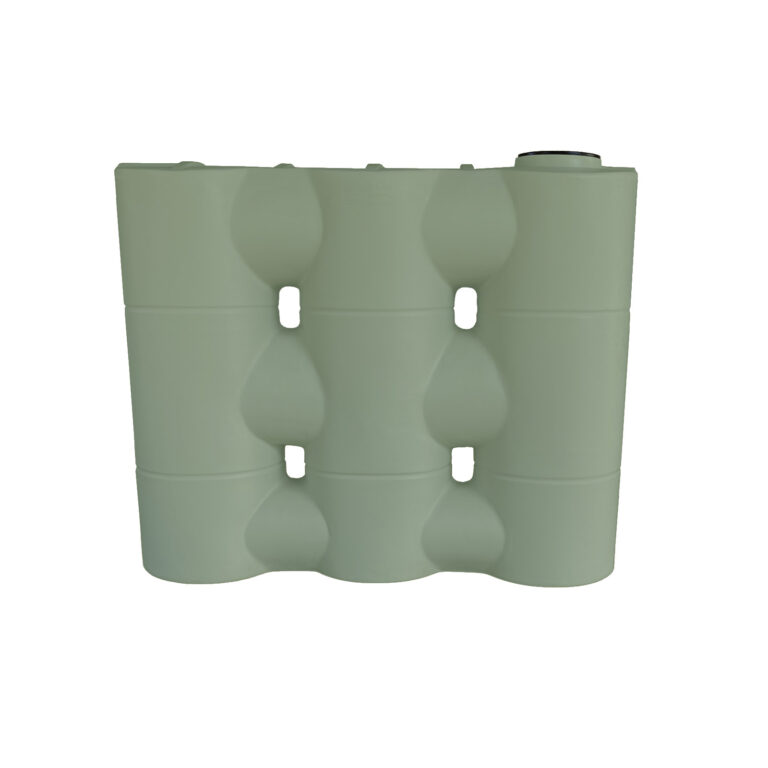Finest Slimline Water Tanks: Long Lasting and Compact Water Storage Options
Comprehending the Value of Rain Tanks in Drought-Prone Regions for Water Security
In areas prone to extended droughts, the duty of rainwater tanks in strengthening water safety is a topic of expanding significance. As communities face the difficulties of water scarcity, recognizing the importance of these containers goes beyond mere collection of rain. Rainwater storage tanks function as an essential tool in minimizing the effect of water scarcities by supplying a sustainable source of water for numerous requirements. The real value of rain tanks prolongs much past simple storage space; it encompasses resilience-building steps and the promo of long-term water conservation approaches. This multifaceted method to water protection warrants a closer assessment of the duty rainwater storage tanks play in making certain a reputable supply of water throughout times of dry spell.
Advantages of Rain Tanks
Making use of rainwater storage tanks provides a sustainable service for enhancing supply of water and boosting water security in property and business settings. One of the key advantages of rainwater containers is their capability to reduce dependence on mains supply of water. By recording and storing rain that drops on roofs, this alternate source can be utilized for various non-potable objectives such as watering, flushing toilets, and washing garments. This not just saves treated drinking water yet additionally reduces water expenses for users.

Rainwater Harvesting Methods
Rainwater gathering methods include a variety of approaches made to successfully accumulate and save rain for numerous objectives, adding to water preservation and sustainability. One usual strategy is the installment of roof catchment systems, where rain is gathered from the roof covering of a structure and guided to a tank. This method is relatively simple and cost-effective. Another popular strategy is making use of above-ground or below ground tank to store rain for later usage. These storage tanks are available in various sizes and products to fit different needs and can be connected to the existing pipes system for simple gain access to.

Furthermore, rain yards and permeable pavements are cutting-edge techniques that include landscape design or paving surfaces in such a way that permits rainwater to percolate into the ground, renewing groundwater books. Furthermore, contour farming and terracing are farming methods that help catch rain and avoid soil disintegration in hilly terrain. By executing these diverse rainwater harvesting methods, communities can enhance water protection and resilience in drought-prone regions while advertising lasting water monitoring techniques.
Importance of Water Security
Ensuring dependable access to tidy and adequate water sources is critical for maintaining human wellness, economic development, and environmental wellness. Water safety is a vital element of societal strength, specifically in areas susceptible to droughts and water scarcity. Sufficient water safety and security includes different dimensions, including availability, quality, and ease of access of water for domestic, agricultural, commercial, and ecological demands.
Water protection plays a critical duty in advertising public health and wellness by minimizing the occurrence of waterborne diseases and guaranteeing sanitation centers. Financially, water safety is vital for agricultural productivity, commercial operations, and overall financial development. Slimline water tanks. Additionally, water safety and security is closely connected to ecological sustainability, as it supports ecosystems, biodiversity, and total environmental balance.
In drought-prone areas, water safety and security becomes much more critical because of the heightened threat of water shortages. Applying methods like rainwater harvesting, water recycling, and effective water management reference methods can significantly boost water security in these locations. By prioritizing water safety, communities can better hold up against the effects of environment change, populace development, and other difficulties that threaten water accessibility.
Enhancing Water Strength
With increasing worldwide water obstacles, building durability in water supply has ended up being a critical focus for sustainable growth initiatives. Enhancing water resilience includes applying strategies to guarantee water schedule and top quality in the face of altering ecological problems, such as dry spells, floodings, and pollution.
One see this site key element of boosting water strength is advertising using rainwater storage tanks in drought-prone regions - Slimline water tanks. Rain containers function as a reliable means of capturing and storing rainwater for later use, decreasing reliance on scarce freshwater sources during dry periods. By integrating rain harvesting systems into water administration plans, neighborhoods can improve their capability to stand up to water shortage and preserve water protection

Lasting Water Conservation
Among intensifying water challenges, the sensible management of water resources with lasting preservation practices is essential for guaranteeing long-term environmental stability and societal health. Lasting water preservation requires the efficient usage of water sources to satisfy current demands without jeopardizing the capability of future generations to fulfill their own demands. By carrying out approaches such as rainwater harvesting, greywater recycling, and water-efficient technologies, communities can decrease water waste and ease stress on freshwater resources.
Additionally, lasting water conservation practices contribute to ecosystem health by maintaining adequate water levels in rivers, lakes, and wetlands, sustaining biodiversity, and preserving natural habitats. These techniques also play a crucial role in mitigating the impacts of environment adjustment by aiding to adjust to altering precipitation patterns and water availability.

Verdict
In conclusion, rainwater containers our website play an essential duty in enhancing water safety and security and strength in drought-prone regions. By using rain harvesting strategies, communities can minimize their dependence on traditional water sources and advertise lasting water conservation practices. This not only assists minimize the impacts of water shortage throughout dry spells yet also adds to long-lasting water safety and strength in the face of climate change difficulties.